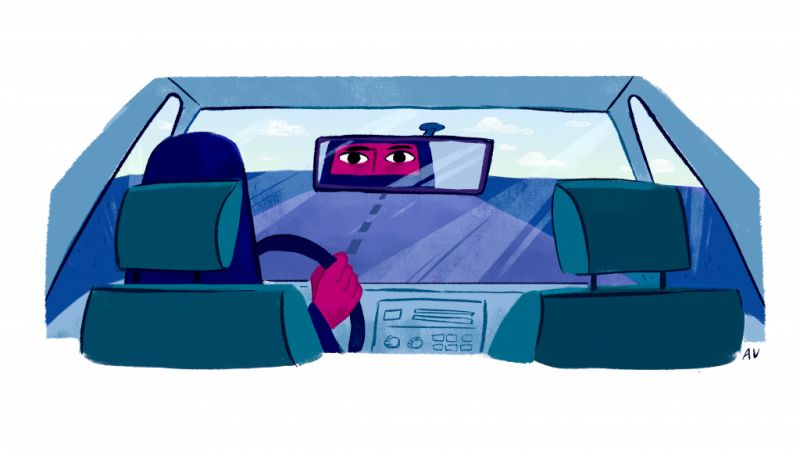
By Sriteja Yedhara
In the wake of new legislation in Saudi Arabia allowing women to obtain a driver’s license — after a thirty-some year ban on female drivers — the question being overlooked is: why now?
The Independent’s Jess Staufenberg reported just over a year ago, the Crown Prince of Saudi Arabia, 32-year-old Mohammed bin Salman, said he was “not convinced about women driving.” So one must wonder what has changed in Saudi Arabia’s politik to lead to such a drastic change in narrative on this issue. Has the three-decade-long fight by women’s rights activists finally come to fruition? Is the new crown prince pushing his project for modernization for Saudi Arabia he calls “Vision 2030?” The Washington Post’s Stéphane Lacroix warns against creating a positive narrative around this new legislation, asking the public not to mistake this measure as democratic reform.
Lacroix states “domestically, [there was] no mention of the hundreds of female activists who campaigned […] for [this] right,” further stating doing so would imply the government of Saudi Arabia was giving into social pressures such as the women’s rights movement and this would ultimately only lead to further dissent in the country.
Though it is important to note decades of work by fearless feminists in Saudi Arabia has perhaps indeed paid off in the form of this ban being lifted, many are skeptical because the explanation to the question of “why now?” may have an answer in an unlikely place: Yemen.
Since …. war broke out in 2015, Yemen has been at the center of the largest humanitarian crisis facing our world, surpassing even Syria, according to the United Nations. Al Jazeera explains at the core of this … war is a divide between Sunni and Shiite Muslims in Yemen. Saudi Arabia, a Sunni majority country, already neighbors two Shiite majority countries — Iraq and Iran. If Yemen, yet another Saudi Arabian neighbor, were to join that list of Shiite countries in the area, Saudi Arabia’s stability would be at risk. This is what drove Saudi Arabia to join the war in Yemen.
According to The New York Times’ Mark Mazzetti, the United States, under President Barack Obama, provided billions of dollars worth of aid to Saudi Arabia through money, weapons and intelligence. Ultimately, Mazzetti says this “gives [the] U.S. [a] direct role in [the] Yemen conflict,” because the U.S. provided resources to a force that furthered the humanitarian crisis in Yemen.
The reason this is all important to the issue of a woman’s right to drive in Saudi Arabia can be explained in a single tweet by foreign policy analyst Rula Jebreal. Jebreal wrote: “Saudi Arabia announces it may allow women to drive, in a [Public Relations] distraction two days before [United Nations] vote on Saudi atrocities in Yemen.”
ThinkProgress’ E.A. Crunden helps illustrate that it would be foolish to entertain the idea that the lifting of the driving ban and the U.N. Human Rights Council meeting on Saudi Arabia’s involvement in Yemen are two coincidental events. This legislation frames the Saudi Arabian government as being open to and capable of social change and human rights progress — both values the U.N. has historically withheld when considering Saudi Arabian politics.
At a point in time when Saudi Arabia’s human rights values are about to be under scrutiny by the United Nations, it is troubling that the country is willing to reverse a decades-old narrative to distract from the United Nations probe. Further, the most disturbing facet of this ordeal may come to light if the United Nations probe goes ahead as planned. If Saudi Arabia is convicted of having committed war crimes in Yemen, this may ultimately be a matter of concern for the United States, who possibly funded those acts.
Though it would be exclusionary to neglect the significance of the lifting of the driving ban, it is as imperative not to fall into the false narrative of progression and liberalism that Saudi Arabia’s leadership is so cunningly putting forward at this time.
Source: Commonwealth Times, Edited by Website Team